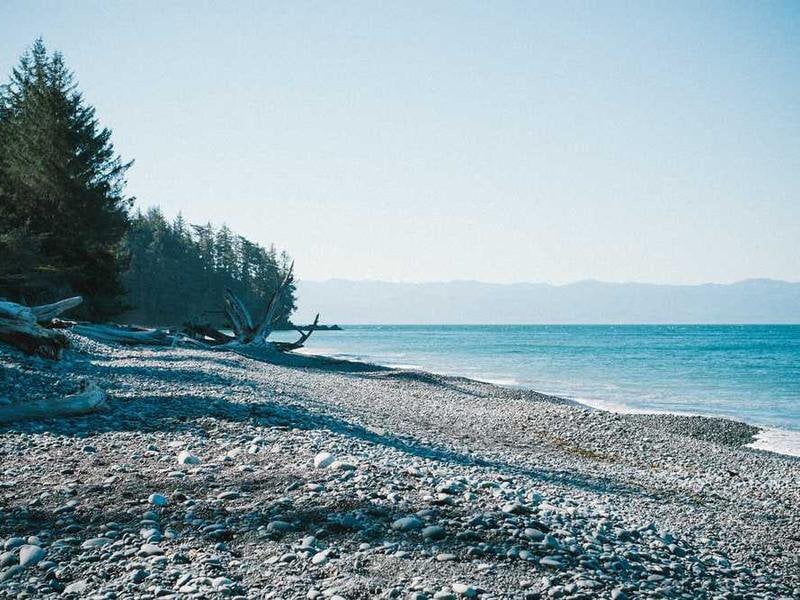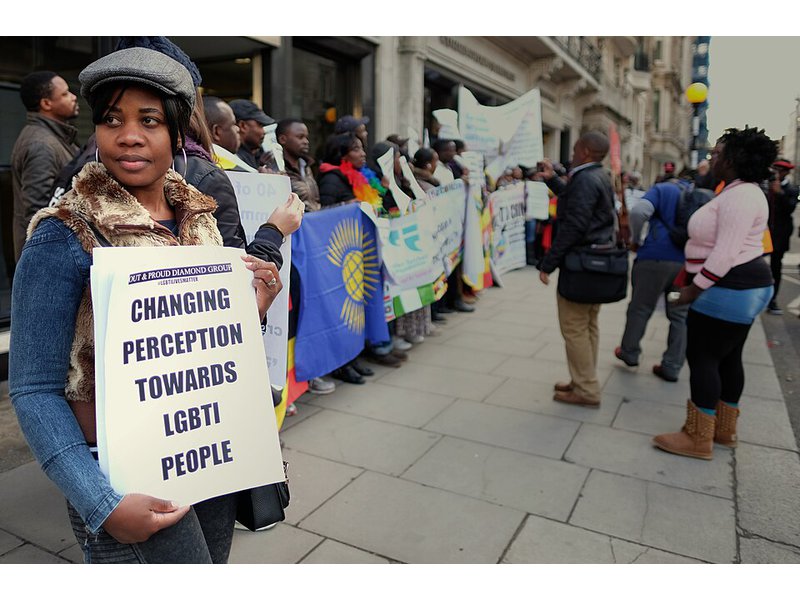041 pilgrimages

"The pilgrimage as a form of moral condemnation has deep moral and religious qualities. It involves one or more persons walking 1) as a means of bringing a message to people, 2) as penance for some deed or policy which has been committed or pursued by the people or government, and 3) as a means of self-dedication to a program for altering the status quo. Often the pilgrimage will involve walking to a particular point of significance to the underlying beliefs or to the policy in question."...
Potentially problematic matches

High scoring campaigns using this method
Historical cases from the Nonviolent Action Database that used this method
Cree (First Nations) stop second phase of James Bay hydroelectric project, 1989-1994
In 1972, Matthew Coon Come, a young Cree student, happened upon a newspaper article that proclaimed Quebec’s ‘hydroelectric project of the century’. Looking at a map attached to the article, Matthew realized that his community’s lands in northern Que...
Indians embrace trees (Chipko) to stop logging activity, 1971-1974
After the Indo-Chinese border conflict ended in 1963, access to the Indian state of Uttar Pradesh, a region encompassing eight different districts in the Himalayas, was greatly expanded. The money for this expansion, including highway building, gener...
Pakistani lawyers protect constitution and reinstate judges (Save the Judiciary Movement), 2007-2009
On March 9, 2007, Pakistani President Pervez Musharraf suspended Supreme Court Chief Justice Iftikhar Chaudhry from his duties on the Court in response to Chaudhry’s challenges to his Presidency. Interpreted as an attempt to reduce the power and inde...
Massachusetts residents block construction of Kinder Morgan Northeast Energy Direct pipeline 2014-2016
In September 2014, Tennessee Gas Pipeline Company, L.L.C. (TGP), a subsidiary of Kinder Morgan Energy Partners, L.P., proposed a 346-mile pipeline to the Federal Energy Regulatory Commission (FERC). The proposal included two paths: a 220-mile “supply...
Native Americans walk from San Francisco to Washington, D.C. for U.S. civil rights, 1978
After the occupation of Alcatraz from 1969 to 1971, and subsequent forcible removal of American Indians by the United States government, the movement for civil rights for Native Americans became increasingly determined, firm, and conflictual. The gov...
U.S. farmworkers in California campaign for economic justice (Grape Strike), 1965-70
Before the grape strike in 1965, the average annual income of a California farmworker was less than $1,400. In addition, variations in weather or market patterns could lessen this amount. Working conditions were also poor, as many workers did not hav...
Indigenous peoples of Mexico win Alberto Patishtán Gomez’s release from prisons, 2000-2013
Alberto Patishtán Gomez was an indigenous Tzotzil teacher of basic education from the town of El Bosque in the Chiapas state of Mexico. The Mexican federal police arrested Patishtán in 2000 for murders that he did not commit. He spent the next thirte...
Indigenous Peoples in Bangladesh Protest to Stop Open Pit Coal Mine 2006-2014
Phulbari is a region in the northwest region of Bangladesh. It is an important agricultural region that is also home to low quality coal deposit. Several companies have proposed to use the open pit technique for mining the coal, which would displace ...
New Zealand declares nuclear free zone 1963-1985
In 1963, the CND began their campaign by organizing a petition they called “No Bombs South of the Line,” which argued for the establishment of a nuclear free zone in southern New Zealand. The CND collected over 80,000 signatures which was the largest...
Native Americans and environmentalists campaign to remove Klamath Basin Dam, 2004-2010
The Klamath was one of the largest and most important rivers in the American northwest, running through Oregon and California. It was home to four Native American tribes and many fishermen and provided irrigation water for nearby farmers. Between 190...
Low scoring campaigns using this method
Historical cases from the Nonviolent Action Database that used this method
Algonquins campaign against uranium mining, Ontario, Canada, 2007-2008
The Frontenac Ventures Development Corporation received from the Ontario government in Canada a permit to begin exploratory drilling for uranium on 30,000 acres of Canadian Crown land in its eastern region of Sharbot Lake. In June 2007, the company b...




